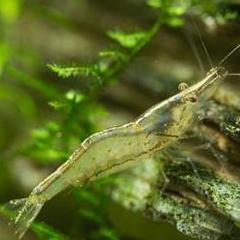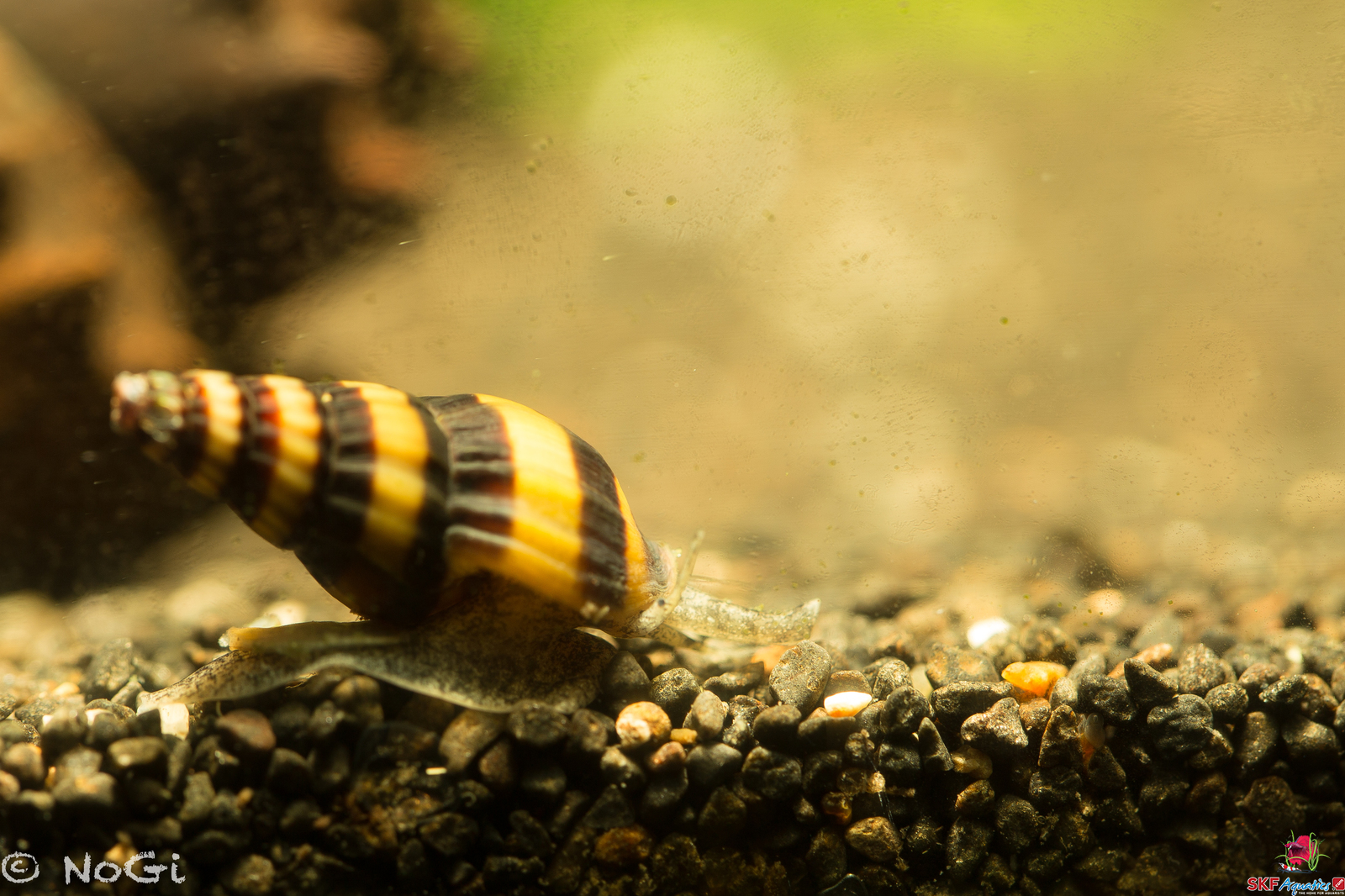Search the Community
Showing results for tags 'assassin snail'.
-
Clea helena is one of the most sought-after species in the aquarium business as it has the capability to hunt down pest snails; thus, helping solve the snail infestation concerns in fish tanks. Except for this, they are a peaceful community tank resident. Keep reading to know more about the assassin snail. Appearance Their shells are conical and are prominent because of their yellow and dark brown stripes – adding a splash of color inside the fish tank. Unlike other species, it is not possible to tell which a female assassin snail is and which a male is. They breathe by sticking out their siphon – like other snails. Clea helena grows as large as 0.5 inch or 1.3 cm. However, there were reports of finding bigger snails. As the large snails age, they begin to lose the tip of their shell. Natural Habitat Assassin snails are found in Southeast Asia and are native to Indonesia, Malaysia and Thailand. As freshwater aquatics, they occupy small bodies of water like streams and ponds. They prefer to live in areas where there are sandy or muddy substrates. Thus, if you are thinking about placing them in an aquarium, you should be able to reproduce a habitat like these conditions. Care It is so easy to look after an assassin snail. Water parameters are not essential, but to best care for them, keep them in water with medium hardness (pH 6.5-7.5). Their appearance may seem to point out that they move slowly but the truth is that they move quickly on any surface. Anyone can notice this particularly when they are hungry – and after they are fed as they disappear immediately. Feeding They eat other species of snails and worms, but they also devour anything they can find – including decaying fish and other small or soft-bodied invertebrates. Because of this, they do not give aquarists like you a hard time feeding them. If in case the tank has a significant population of snail, then you have nothing to worry about feeding them. Other aquarists feed them with brine shrimp, frozen blood worms and others. Breeding Some snails contain both the female and male reproductive organs. When they mate, they can produce eggs or young. However, these assassin snails are born a female or a male. Because you can’t tell their sex, buy 5 or 6 of them so you can at least be sure that you will have a male and a female. They mate for about 3 to 5 hours before they separate. Shortly thereafter, the female assassin snail will lay eggs (up to 4). These eggs, in a gelatinous square with a yellow centre appearance, emerge in a straight line. Feed them meaty food as it helps in good reproduction. Lifespan Clea helena can live around two years, but make sure that the aquarium is well-maintained and they can easily exceed this lifespan. Sources Clea helena (assassin snail) Clea helena Wikipedia Image Sources PKMousie Flickr cc
- 1 review
-
- 3
-

-
- clea helena
- snail
-
(and 1 more)
Tagged with:
-
Clea helena is one of the most sought-after species in the aquarium business as it has the capability to hunt down pest snails; thus, helping solve the snail infestation concerns in fish tanks. Except for this, they are a peaceful community tank resident. Keep reading to know more about the assassin snail. Appearance Their shells are conical and are prominent because of their yellow and dark brown stripes – adding a splash of color inside the fish tank. Unlike other species, it is not possible to tell which a female assassin snail is and which a male is. They breathe by sticking out their siphon – like other snails. Clea helena grows as large as 0.5 inch or 1.3 cm. However, there were reports of finding bigger snails. As the large snails age, they begin to lose the tip of their shell. Natural Habitat Assassin snails are found in Southeast Asia and are native to Indonesia, Malaysia and Thailand. As freshwater aquatics, they occupy small bodies of water like streams and ponds. They prefer to live in areas where there are sandy or muddy substrates. Thus, if you are thinking about placing them in an aquarium, you should be able to reproduce a habitat like these conditions. Care It is so easy to look after an assassin snail. Water parameters are not essential, but to best care for them, keep them in water with medium hardness (pH 6.5-7.5). Their appearance may seem to point out that they move slowly but the truth is that they move quickly on any surface. Anyone can notice this particularly when they are hungry – and after they are fed as they disappear immediately. Feeding They eat other species of snails and worms, but they also devour anything they can find – including decaying fish and other small or soft-bodied invertebrates. Because of this, they do not give aquarists like you a hard time feeding them. If in case the tank has a significant population of snail, then you have nothing to worry about feeding them. Other aquarists feed them with brine shrimp, frozen blood worms and others. Breeding Some snails contain both the female and male reproductive organs. When they mate, they can produce eggs or young. However, these assassin snails are born a female or a male. Because you can’t tell their sex, buy 5 or 6 of them so you can at least be sure that you will have a male and a female. They mate for about 3 to 5 hours before they separate. Shortly thereafter, the female assassin snail will lay eggs (up to 4). These eggs, in a gelatinous square with a yellow centre appearance, emerge in a straight line. Feed them meaty food as it helps in good reproduction. Lifespan Clea helena can live around two years, but make sure that the aquarium is well-maintained and they can easily exceed this lifespan. Sources Clea helena (assassin snail) Clea helena Wikipedia Image Sources PKMousie Flickr cc View full article
-
- 2
-

-
- snail
- assassin snail
-
(and 1 more)
Tagged with:


